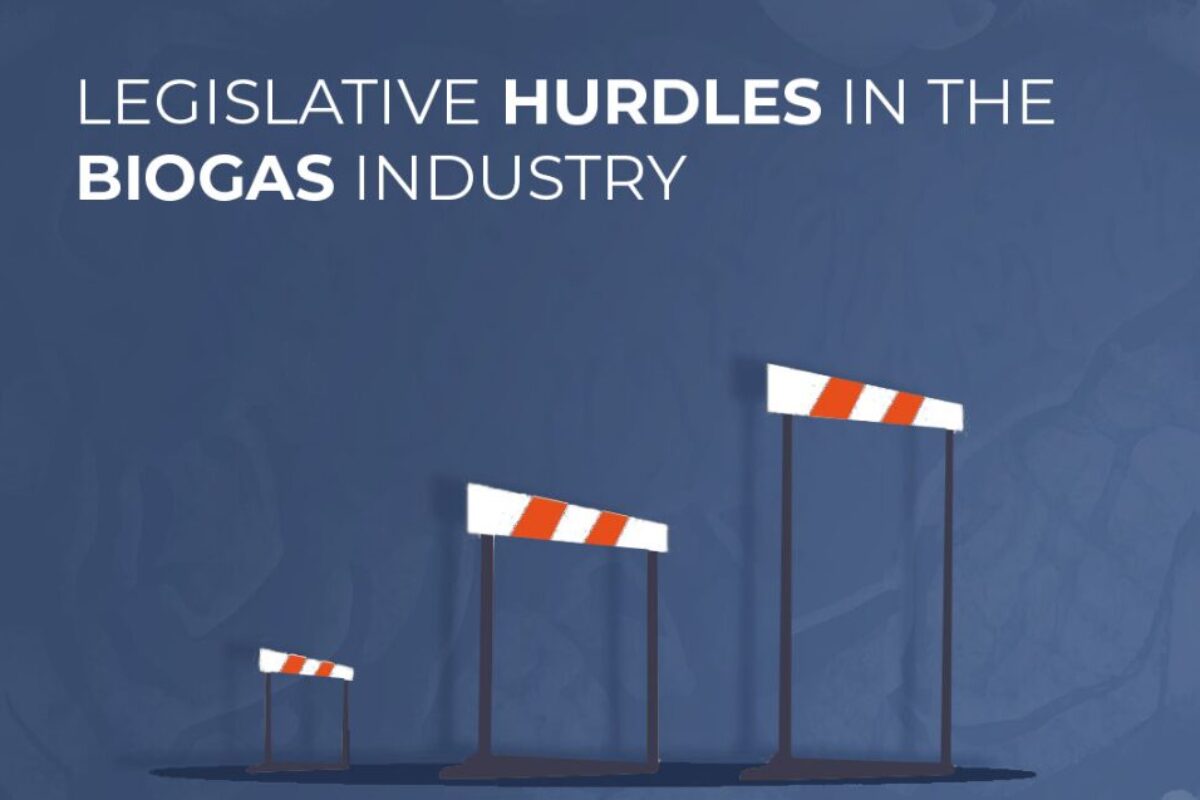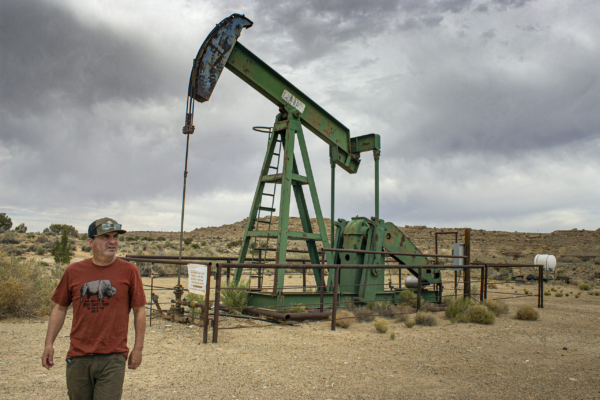Planning Permissions and Environmental Permits
Obtaining planning permission and environmental permits is another major hurdle. The process is often lengthy, complex, and costly, discouraging investment and slowing down the development of new AD facilities. The Environment Agency’s stringent requirements, though necessary for safeguarding the environment, can sometimes lead to delays and increased operational costs for AD projects. Objections from locals can also slow down planning permission and project development.
Is simplifying the planning and permitting processes the answer? could also accelerate the growth of the biogas industry. Introducing streamlined procedures, such as standardized application forms and clear
Navigating the Policy Transition
The AD industry is entering a period of significant change, as long-standing support schemes such as feed-in tariffs and renewables obligation certificates are phased out. These transitions have introduced new pressures, with developers needing to adapt to more market-based approaches that emphasise efficiency and environmental performance.
The current Green Gas Support Scheme (GGSS) is due to close to new applicants in 2028, leaving a policy vacuum that raises real concerns about the sector’s long-term trajectory. While this moment could, in theory, pave the way for smarter, more targeted frameworks, no such replacements have yet been proposed. This lack of clarity is already creating uncertainty for investors and developers alike.
Forward-thinking operators are beginning to develop business models that can operate in a post-subsidy environment, but the absence of policy direction risks stalling broader industry momentum. The government has an opportunity here to act – by recognising the full scope of AD’s benefits and supporting the development of future schemes that ensure its continued contribution to national sustainability goals.
Transforming Legacy Plants for Future Success
A large proportion of the UK’s AD infrastructure consists of smaller, farm-based plants built under the original subsidy regimes. Many of these facilities will see their support contracts end between 2027 and 2030, raising questions about their future viability.
Without intervention or adaptation, these plants face significant economic challenges. Some may struggle to continue operating under current conditions. However, these same sites could also become testbeds for innovation – provided that the right tools and technologies are available to help them evolve.
CreChar: A Practical Step Forward
At Carbogenics, we’ve developed CreChar – a specially engineered biochar produced from secondary biomass that would otherwise be incinerated or sent to landfill. Unlike traditional biochar applications, CreChar is designed specifically for use in anaerobic digestion (AD), optimised under controlled conditions to deliver performance benefits inside the digester itself.
Rather than being made from digestate, CreChar is added to the digestion process to improve plant efficiency and profitability. By enhancing microbial activity, stabilising the process, and improving gas quality, CreChar offers a cost-effective way for AD operators to upgrade performance without the need for major capital investment.
Key benefits of using CreChar include:
- Increased biogas yield, improving energy generation from the same volume of feedstock
- Higher methane concentration, boosting the value and usability of biogas
- Reduction in hydrogen sulphide and ammonia, decreasing corrosion and improving operational stability
- More efficient digestion, helping to optimise plant uptime and reduce maintenance costs
- Enhanced profitability, through improved output and reduced process volatility
CreChar represents a practical tool for operators looking to improve the economics of existing plants. While it doesn’t address every challenge facing legacy AD facilities, it can be an important part of the solution – helping sites operate more efficiently and sustainably as the sector adapts to changing policy and market conditions.
Addressing Complexity Through Innovation
AD’s multifaceted nature – handling waste, generating energy, and producing fertiliser – has historically been both a strength and a challenge. Its complexity can be a barrier to public and investor understanding, especially when compared to more straightforward technologies like solar PV.
Yet this very complexity is also what makes AD so uniquely valuable. For operators able to navigate it effectively, AD can deliver integrated, circular solutions that align with growing interest in whole-system sustainability. We are beginning to see increased engagement from sectors looking for technologies that can deliver not just carbon savings but also waste reduction and resource recovery.
Regulatory Fragmentation
One of the most persistent structural challenges facing AD in the UK is regulatory inconsistency – particularly around digestate. Existing rules tend to focus on input restrictions rather than output quality, resulting in artificial divisions between waste types and limiting co-processing potential.
For instance, certain food or brewery wastes can be treated as effluent in water treatment systems but are barred from AD plants at sewage treatment sites, despite no technical justification. This kind of regulatory fragmentation hampers efficiency, creates unnecessary cost, and ultimately stifles innovation.
A more outcome-focused approach to regulation – one that evaluates environmental results rather than just categorising waste inputs – would greatly increase the sector’s flexibility and efficiency.
Evolving Carbon Accounting for Greater Recognition
Carbon accounting is another area where policy and practice are playing catch-up. Current frameworks tend to reward minimum compliance – meeting basic greenhouse gas thresholds to qualify for incentives – rather than recognising technologies that go beyond, like AD.
More comprehensive carbon accounting systems are beginning to emerge, which could eventually reward the full spectrum of AD’s contributions, from methane capture to soil carbon sequestration. Technologies like CreChar, which increase sequestration and improve carbon performance, stand to benefit under these evolving frameworks.
That said, these changes remain in early stages. Until they are more widely implemented and reflected in market incentives, many AD operators will continue to find it difficult to fully capitalise on their environmental benefits.
Expanding Feedstock Opportunities
Feedstock remains a double-edged sword for AD. Access to suitable, consistent input material is a limiting factor for many operators, but upcoming policy shifts could help address this.
For example, mandatory food waste collection – expected in coming years – will increase the availability of feedstock for facilities equipped to process it. Likewise, the use of agricultural feedstocks represents significant untapped potential: around 90 million tonnes of slurry and manure are produced annually in the UK, but only 3% currently enters AD systems.
Unlocking this resource will require both policy support and technology capable of maximising value from these challenging materials. Innovations like CreChar can play a role by increasing profitability and environmental outcomes from agricultural waste streams.
Market Access and Investment Potential
Another important lever for growth lies in expanding access to carbon and energy markets. The UK’s emissions trading scheme (ETS), for example, currently does not recognise mass-balanced biomethane in the same way as the EU system, limiting demand from heavy industry.
Aligning UK ETS rules with European standards could unlock significant new demand, particularly from industries such as chemicals, which alone could generate demand equivalent to three times current biomethane grid injection levels.
However, these opportunities remain hypothetical until regulatory reform catches up. Without clearer routes to market, investors will remain cautious, especially when evaluating smaller or legacy AD plants.
Investment and Innovation Opportunities
Modernising older plants and scaling up new ones will require a significant increase in investment. While smaller operators have traditionally struggled to access capital, the rise of environmental finance and impact investment presents new possibilities – provided the projects can demonstrate clear and measurable benefits.
Technologies like CreChar strengthen the business case by improving emissions profiles, increasing efficiency, and aligning with emerging environmental performance metrics. As the financing landscape continues to evolve, projects with a compelling sustainability story will be best positioned to attract capital.
The Path Forward: Realistic Optimism
The AD sector in the UK holds real potential – but unlocking that potential will require more than just optimism. It will require clear policy direction, coherent regulation, and a realistic understanding of the challenges facing operators, particularly as legacy support schemes come to an end.
At Carbogenics, we believe that innovation has a central role to play. Technologies like CreChar offer practical tools to improve plant economics and environmental performance, helping operators navigate a more complex and uncertain landscape.
The combination of established infrastructure, proven core technology, and forward-thinking innovation presents a real opportunity – but only if supported by a policy framework that reflects the full scope of AD’s contribution. The sector has the foundations to grow into a cornerstone of the UK’s circular economy. Now, it needs the right conditions to thrive.




